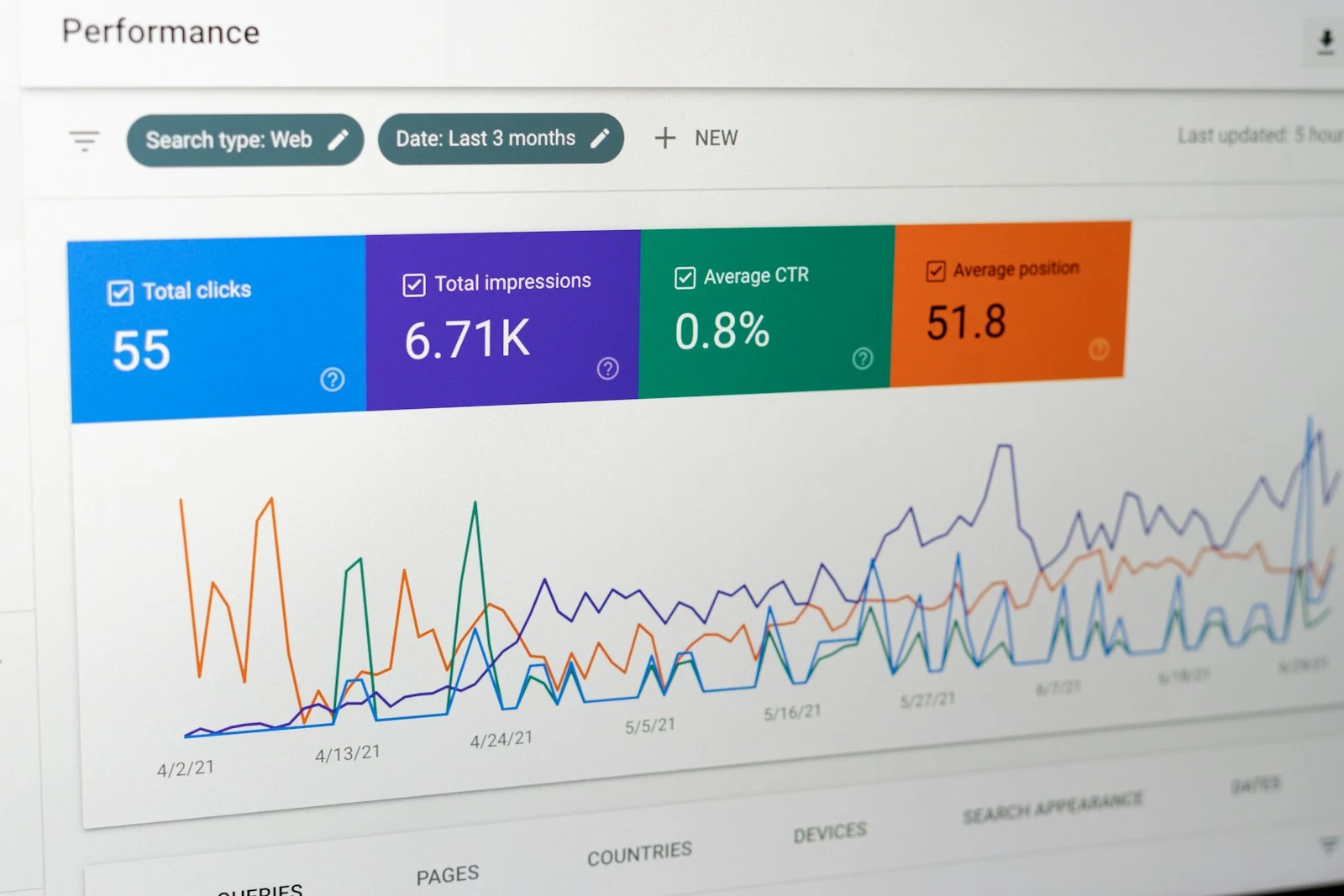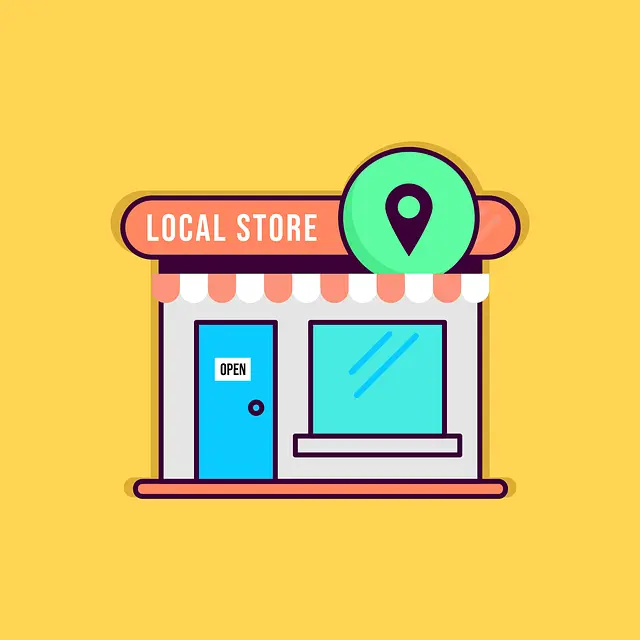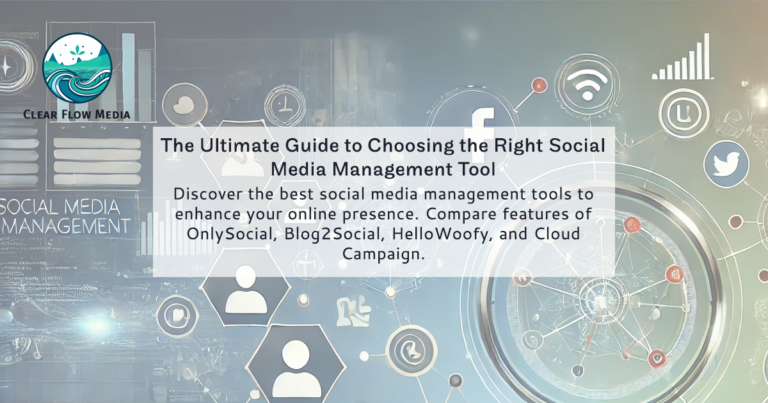Optimize Your Website with Localized Content
Small businesses need to leverage every tool at their disposal to stand out in a crowded digital landscape. One of the most effective strategies is optimizing your website with localized content. By tailoring your website’s content to reflect local interests, events, and culture, you can connect more deeply with your community, improve your local search engine rankings, and ultimately drive more traffic to your site. Here’s how to do it effectively.
Understanding Localized Content
Localized content is content that is specifically designed to appeal to people in a particular geographic area. This can include anything from mentioning local landmarks and events to using local dialects and addressing local concerns. For small businesses, localized content can be a powerful way to build a loyal customer base and establish a strong presence in your community.
By focusing on localized content, you signal to search engines that your website is relevant to users in your area. This can help improve your rankings in local search results, making it easier for potential customers to find you when they search for products or services in your region.
Benefits of Localized Content
Localized content offers several key benefits for small businesses.

Improved Local SEO
Search engines prioritize websites that offer relevant, locally focused content. By including local keywords, you can boost your visibility in local search results, driving more traffic to your site.

Stronger Community Connections
Localized content helps you connect with your audience on a more personal level. By addressing local issues and interests, you show that you understand and care about your community.

Increased Engagement
Content that resonates with local audiences tends to generate more engagement, including shares, comments, and likes on social media. This can further boost your visibility and attract more visitors to your site.
Strategies for Creating Effective Localized Content
Creating effective localized content requires a strategic approach to ensure it resonates with your target audience. Here are some detailed strategies, including user stories, to help you tailor your content to your local community, with references to areas surrounding Beloit such as Janesville, Rockton, Milton, and South Beloit.
Understanding Your Local Audience
To create content that truly resonates, start by understanding your local audience’s preferences, interests, and needs. This involves conducting market research, engaging with your community, and gathering insights from local data.

Community Surveys and Feedback
Conduct surveys and collect feedback from your local community to understand what topics and issues are important to them. For example, a local coffee shop in Beloit might survey its customers to learn about their favorite local events or the types of promotions they’d like to see.

Social Media Listening
Use social media platforms to monitor conversations and trends within your local area. Engage with local groups and pages to gain insights into what’s trending in Janesville, Rockton, Milton, and South Beloit. This can help you create content that aligns with local interests and events.
Highlighting Local Events and News
One of the most effective ways to create localized content is by focusing on local events, news, and stories. This not only engages your audience but also positions your business as a community-oriented entity.

Local Event Coverage
Write blog posts or create videos covering local events such as the Janesville Farmers Market or the South Beloit Wine Festival. Share your experiences, include interviews with event organizers, and highlight the impact of these events on the community. A local bakery could feature a blog post about their participation in the Milton Arts Festival, showcasing their special event-themed treats.

Community Spotlights
Feature stories about local businesses, organizations, and individuals making a difference in your area. For instance, a gym in Rockton could create a series of posts spotlighting local fitness trainers and their contributions to the community, along with tips and advice from these experts.
Using Local Keywords and Phrases
Incorporate local keywords and phrases into your content to improve your search engine rankings and connect with your local audience. This involves researching and identifying the terms that locals use when searching for services or information.

Keyword Research
Use tools like Google Keyword Planner or Ahrefs to identify local keywords related to your business. For example, a restaurant in Beloit might find that “best brunch in Beloit” and “Beloit weekend dining” are popular search terms. Incorporate these keywords naturally into your blog posts, menu descriptions, and social media updates.

Localized SEO
Optimize your website’s on-page and off-page SEO with local keywords. Ensure your business’s name, address, and phone number (NAP) are consistent across all online platforms. A pet grooming service in Janesville could write a blog post titled “Top Pet Grooming Tips from Janesville’s Favorite Groomer” to attract local searches.
Creating Locally Relevant Content
Develop content that addresses the specific needs and interests of your local audience. This can include how-to guides, local resource lists, and personalized stories that reflect the unique characteristics of your community.

Guides and Tutorials
Create guides that solve common problems or provide valuable information for your local audience. For example, a home improvement store in South Beloit might publish a step-by-step guide on preparing your home for Midwest winters, including tips on where to find local supplies.

Local Resource Lists
Compile lists of local resources that are valuable to your audience. A childcare center in Milton could create a comprehensive list of kid-friendly activities and family-friendly restaurants in the area, complete with descriptions and contact information.

Personalized Stories
Share stories that reflect the unique experiences of your customers or employees. A boutique in Rockton might feature a series of blog posts about their customers’ fashion transformations, complete with before-and-after photos and quotes from the customers themselves.
Leveraging User-Generated Content
Encourage your local audience to create and share content related to your business. User-generated content (UGC) not only provides authentic testimonials but also fosters a sense of community and engagement.

Customer Reviews and Testimonials
Highlight positive reviews and testimonials from local customers on your website and social media. For instance, a dental clinic in Janesville could feature patient testimonials that describe their positive experiences and how the clinic addressed their specific dental needs.

Social Media Campaigns
Run social media campaigns that encourage customers to share their experiences with your business. A coffee shop in Beloit might launch a photo contest asking customers to share pictures of their favorite drinks, with winners receiving a free beverage or gift card. Feature these user-generated photos on your social media pages and website.
By implementing these strategies, you can create localized content that resonates deeply with your audience, enhances community engagement, and drives local traffic to your website. Tailoring your content to reflect the unique characteristics and interests of your local area will help you build stronger connections and establish your business as a valuable part of the community.
Measuring the Impact of Localized Content
Once you’ve implemented localized content on your website, it’s crucial to measure its impact to ensure your efforts are driving the desired results. Here are some key metrics and methods to help you evaluate the effectiveness of your localized content strategy.
Local Search Rankings
Monitoring your local search rankings is essential to understanding how well your localized content is performing in search engines. Tools like Google Search Console or Ahrefs can help you track your rankings for local keywords over time.
- Keyword Tracking: Regularly track the performance of local keywords and phrases relevant to your business. This will help you see if your content is improving your visibility in local search results. Look for improvements in rankings for keywords that include your city, neighborhood, or region.
- Competitor Analysis: Keep an eye on how your competitors are ranking for similar local keywords. This can provide insights into their strategies and help you identify opportunities to improve your own content.
- Search Visibility: Measure your overall search visibility in your local area. This includes tracking the number of impressions and clicks your website receives from local search queries. Increasing visibility indicates that your localized content is being seen by more potential customers.
Website Traffic
Analyzing your website traffic is a fundamental way to measure the impact of your localized content. Use tools like Google Analytics to monitor changes in traffic volume and understand how visitors are interacting with your site.
- Local Traffic: Focus on tracking traffic from local users. Set up geographic filters in your analytics tool to isolate visitors from your target area. Look for increases in local traffic as an indicator that your localized content is attracting more visitors from your community.
- Traffic Sources: Identify which traffic sources are driving the most local visitors to your site. This could include organic search, social media, or direct visits. Understanding the sources of your traffic can help you refine your content and marketing strategies.
- Page Views: Monitor the number of page views on your localized content. Higher page views suggest that visitors find your content engaging and relevant.
Engagement Metrics
Engagement metrics provide insights into how well your localized content resonates with your audience. High engagement levels indicate that your content is valuable and interesting to your visitors.
- Time on Site: Track the average time users spend on your site, particularly on pages with localized content. Longer visit durations suggest that users are finding your content informative and engaging.
- Bounce Rate: Monitor the bounce rate for your localized content pages. A lower bounce rate indicates that visitors are exploring more of your site after landing on a localized content page. A high bounce rate may signal that you content is not relevant; it may also signal that your website is not engaging your visitors.
- Social Shares and Comments: Measure the number of social shares, comments, and interactions your localized content receives. High levels of social engagement demonstrate that your content is resonating with your audience and encouraging them to interact with it.
Conversion Rates
Ultimately, the goal of your localized content strategy is to drive conversions, whether that means generating leads, making sales, or encouraging sign-ups. Tracking conversion rates helps you understand the effectiveness of your content in achieving these goals.
- Lead Generation: Monitor the number of leads generated from your localized content. This could include form submissions, newsletter sign-ups, or inquiries. Track the sources of these leads to see which content pieces are most effective.
- Sales and Revenue: Measure the impact of your localized content on sales and revenue. Use eCommerce tracking or goal conversion tracking in your analytics tool to attribute sales to specific content pages.
- Call to Action (CTA) Performance: Analyze the performance of CTAs within your localized content. Look at the click-through rates and conversion rates of these CTAs to see how effectively they are driving desired actions.
Gathering User Feedback
In addition to quantitative metrics, qualitative feedback from users can provide valuable insights into the effectiveness of your localized content.
- Surveys and Polls: Conduct surveys and polls to gather feedback from your audience about your localized content. Ask questions about their preferences, what they find most useful, and any suggestions for improvement.
- User Testing: Engage in user testing sessions to observe how real users interact with your localized content. This can uncover usability issues and areas where your content can be enhanced, or accessibility issues that could be remedied by implementing minimalist web design.
- Customer Reviews and Testimonials: Monitor customer reviews and testimonials for mentions of your localized content. Positive feedback can affirm that your content is meeting the needs of your audience.
By continuously measuring and analyzing these metrics, you can refine your localized content strategy to ensure it remains effective and delivers ongoing results for your business. Adjust your approach based on the data to optimize performance and better connect with your local audience. If you’d like to learn more about how to monitor you website’s performance and engagement, you can download our free website audit guide.
Optimizing your website with localized content is a powerful strategy for small businesses looking to connect with their community, improve local SEO, and drive more traffic to their site. By highlighting local events, using local keywords, creating location-specific pages, collaborating with local influencers, sharing success stories, and incorporating local imagery, you can create content that resonates with your audience and supports your business goals. Remember to track your performance and make adjustments as needed to ensure ongoing success.




